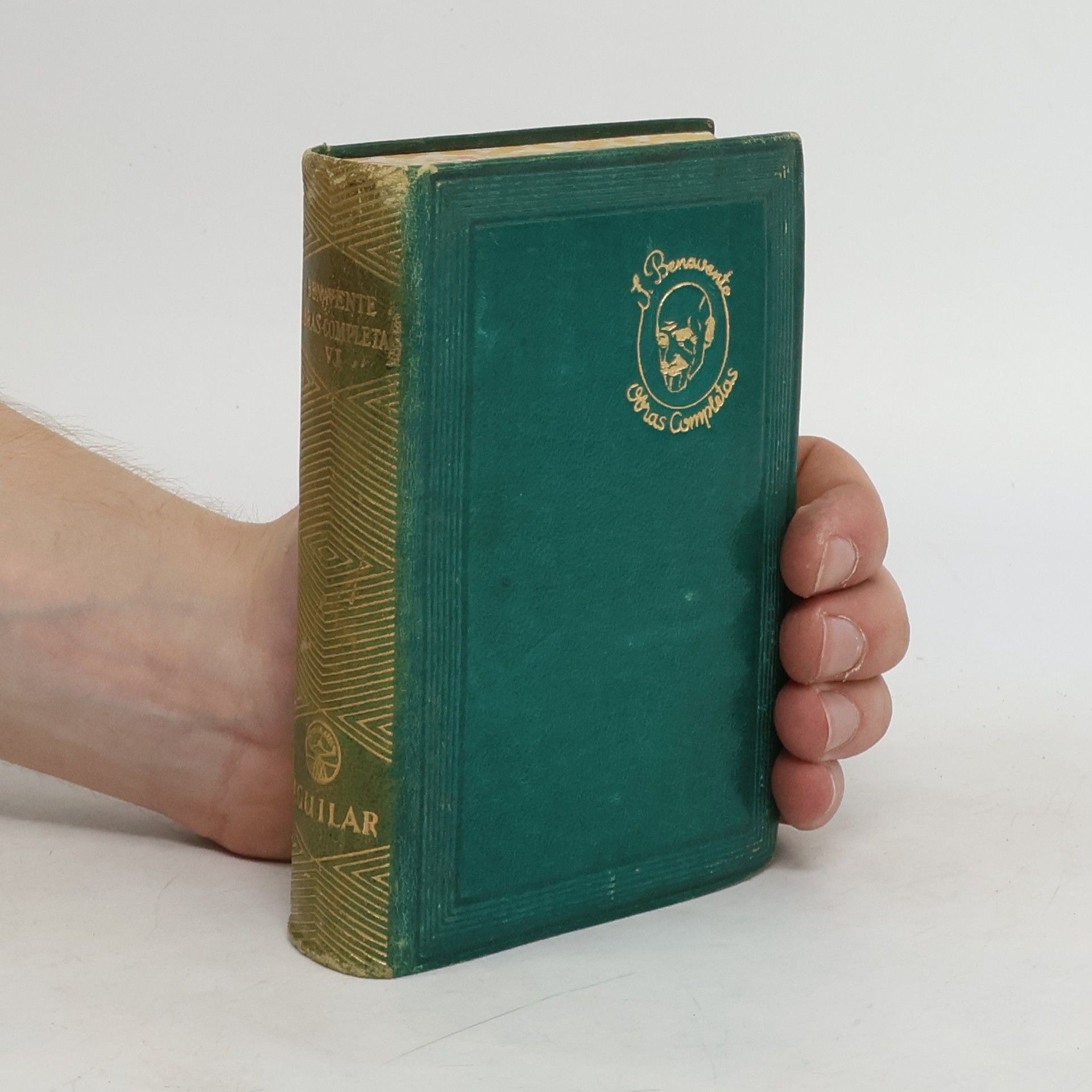Plays by Jacinto Benavente
- 330bladzijden
- 12 uur lezen
Jacinto Benavente was een vooraanstaand Spaans toneelschrijver die een frisse wind bracht in het 19e-eeuwse Spaanse theater. Beïnvloed door de Europese theatrale ontwikkelingen, reageerden zijn stukken op de melodramatische excessen van zijn tijd. Benavente richtte zich op het moderne burgerlijke theater, waarbij hij de nadruk legde op natuurlijkheid en geloofwaardigheid. Zijn werk kenmerkt zich door een subtiele ironie die maatschappijkritiek mogelijk maakt zonder te moraliseren.






Culturally significant, this work is recognized by scholars for its importance in the foundation of civilization. It contributes to the broader knowledge base, offering insights that are essential for understanding historical and cultural contexts.
A Play In One Act (1915)
Set against the backdrop of art education, the play delves into the discussions of a group of students examining the iconic Mona Lisa. They ponder the meaning behind her mysterious smile while their professor emphasizes art's societal significance. Through these conversations, the play raises profound questions about the role and value of art in everyday life. This thought-provoking one-act piece encourages audiences to reflect on how art shapes their understanding of the world.
The book is a facsimile reprint of a scarce antiquarian work, preserving its historical significance. As an older text, it may feature imperfections like marks, notations, and flaws, reflecting its age. This edition highlights a commitment to protecting and promoting important literature, making it accessible in a high-quality format that remains true to the original.
"Mundo es este de toma y daca, lonja de contratación, casa de cambio, y antes de pedir ha de ofrecerse... Para salir adelante con todo, mejor que crear afectos es crear intereses". Sobre esta base ideológica y sobre la pauta de la commedia dellarte, construye el premio Nobel Jacinto Benavente su mejor obra, Los intereses creados.
Paňácová veselohra španělského autora o dvou jednáních a třech obrazech.